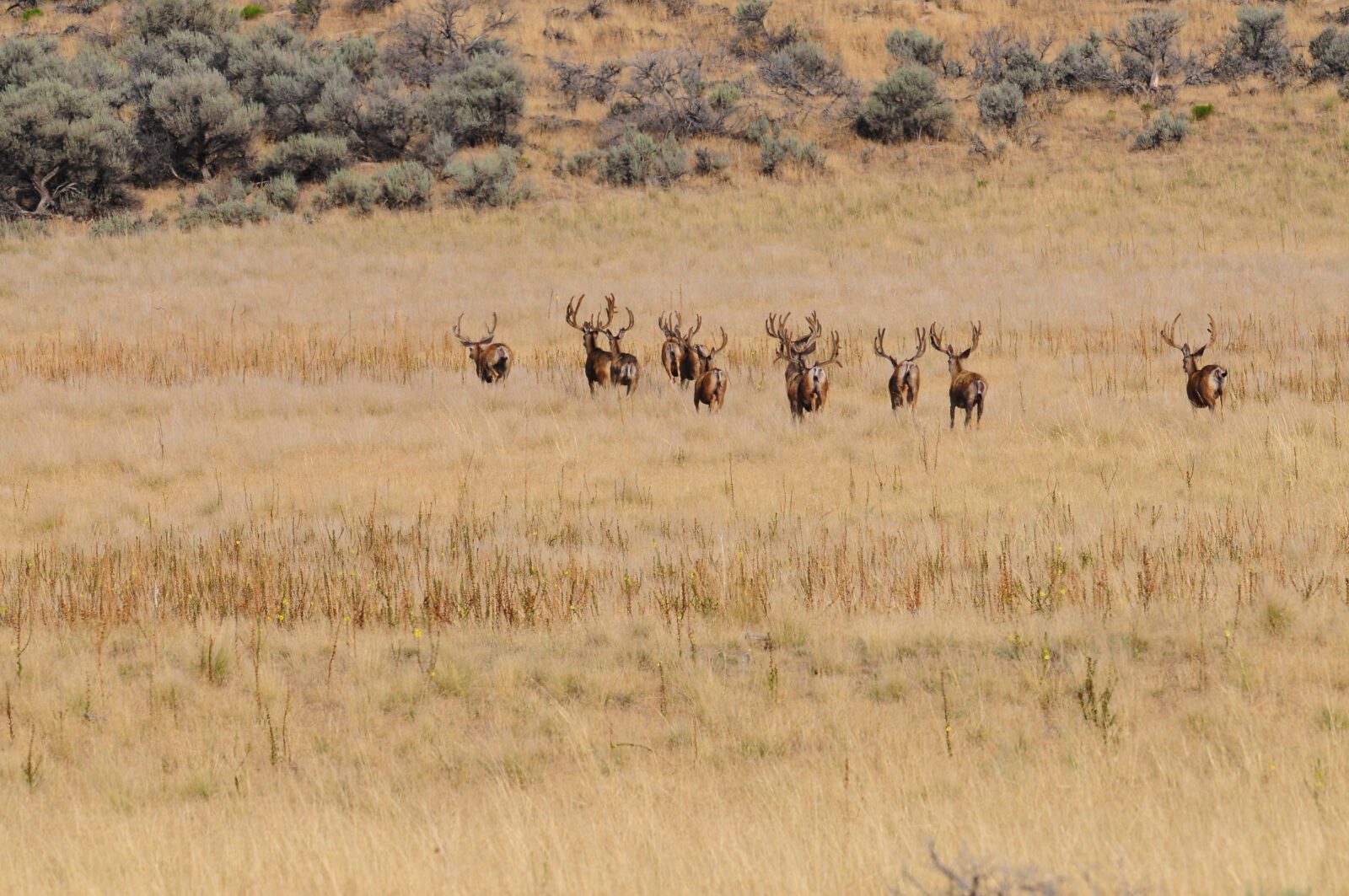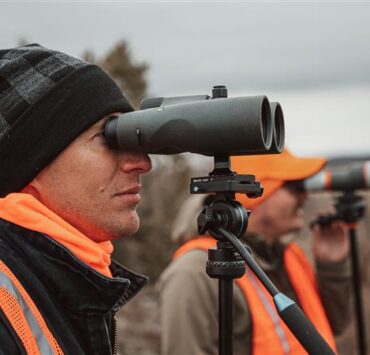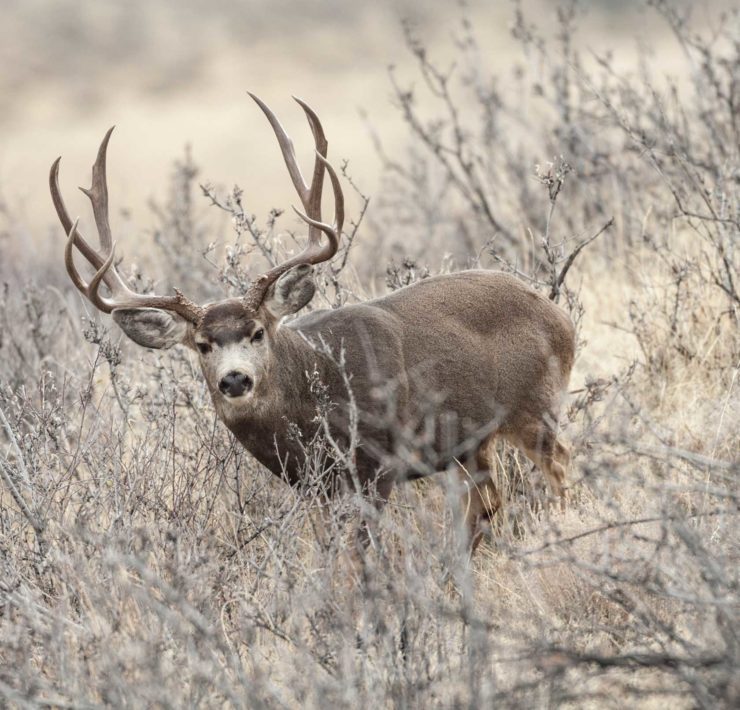The Great Basin Decline: A Mule Deer Crisis in the Making

By Michael “Mickey” Luby
If you want to understand the pressure mule deer are under these days, don’t look to the Rockies or the high sage basins of Montana — head straight into the heart of the Great Basin. This sprawling region covers much of Nevada and western Utah, and while it may look vast and empty, for mule deer it’s ground zero for one of the most dramatic population declines in the West.
I’ve hunted, hiked, and sweated through plenty of country, but I’ve never seen mule deer numbers hit the skids like they have in Nevada over the past two decades. The 2023 data from the Nevada Department of Wildlife (NDOW) confirms what we’ve all been feeling out there: fewer deer, tougher draws, and leaner seasons.
In 2023, NDOW issued just 10,840 mule deer tags statewide — the lowest number since 1974. Harvest numbers were also down, with only 3,255 bucks and 195 does taken. And success rates? Dropped across the board. Even junior hunter success fell well below historic averages. If you’re wondering why, the answer isn’t just one thing. It’s a cocktail of tough conditions that mule deer just can’t shake off.
Drought and Decline
The Great Basin has been locked in a battle with chronic drought for years. Dry winters, hot summers, and a lack of water have crushed the quality of forage that deer depend on. When the does can’t find quality feed, they drop fewer fawns — and the ones that do hit the ground face higher mortality. Poor body condition, low fawn recruitment, and higher vulnerability to predation all come hand-in-hand with drought.
In 2023, Nevada’s spring fawn ratio was 37 fawns per 100 adults — a slight bump from recent years, but still well below the numbers needed for strong herd growth. It’s a fragile improvement, hanging on the hope that recent snowpack and spring moisture might finally tip the balance in the deer’s favor.
Habitat Loss and Fragmentation
The trouble doesn’t stop with the weather. Habitat fragmentation — from development, invasive species like cheatgrass, and wildfires — has splintered mule deer range into isolated patches. That means tougher migrations, less seasonal flexibility, and fewer options when drought hits one area harder than another.
And predators? When cover and nutrition drop, mule deer — especially fawns — become easier pickings for lions, coyotes, and the rest of the food chain.
Management Is Adapting — But It’s a Long Road
To their credit, Nevada’s wildlife managers aren’t sitting on their hands. The Mule Deer Enhancement Program (MDEP) has approved over 25 habitat projects and launched predator management and collaring studies across key ranges. They’re adjusting regulations too — reducing tags, eliminating doe hunts, and shifting junior tags to buck-only to protect future recruitment.
Still, these projects take time. You can’t fix decades of habitat decline with one good snow year and a few miles of fence. That said, there’s hope on the horizon. The 2023–2024 winter delivered above-average snowpack, and early indicators suggest improved fawn recruitment and forage conditions moving into the 2024–2025 season.
What’s Next — and What You Can Do
The Great Basin mule deer aren’t just numbers on a graph. They’re part of the soul of the West. When herds struggle like this, it doesn’t just impact hunters — it ripples through ecosystems, rural economies, and the legacy of conservation itself.
If you care about mule deer — if you’ve ever watched a buck skyline himself against a desert sunset or packed out meat across the lava rock and sage — I’m asking you to step up.
Join the Mule Deer Foundation. We’re not just another conservation group. We’re the boots on the ground restoring water sources, reconnecting corridors, and making sure mule deer have a fighting chance — not just in Nevada, but across their range.
Because if we don’t fight for these deer, no one else will.
Help turn things around in the Great Basin. Join the Mule Deer Foundation today.
Let’s make sure there’s still deer on the hill for the next generation — and that the story of the Great Basin mule deer doesn’t end in decline.
Join the Mule Deer Foundation!
Send any success pictures or stories from the field to [email protected] and you could be featured on our website or in our magazine. If this article or any of our articles have helped you become a better hunter or conservation steward, consider becoming a member of the Mule Deer Foundation or the Blacktail Deer Foundation or both. Click here to join: https://muledeer.org/product-category/membership/ or https://www.blacktaildeer.org/

Michael “Mickey” Luby – Writer Bio
Michael “Mickey” Luby is a modern-day mountain man and unapologetic traditionalist living deep in Western Montana. A seasoned mule deer hunter with decades of experience chasing high-country bucks, Mickey has earned a reputation for grit, stubbornness, and a sixth sense for finding big deer where the air is thin and the trails are long forgotten.



